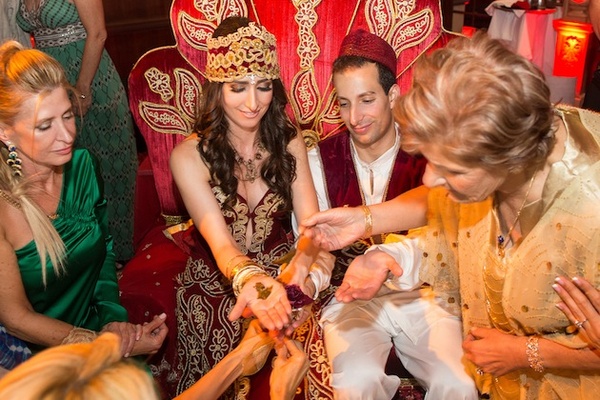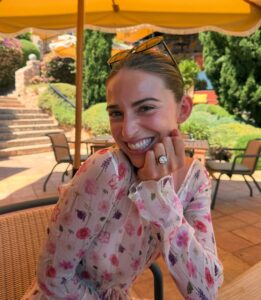Turkey’s weddings insist on unique and culturally rooted customs embedded through its rich history like any country.
Traditional Turkish weddings last many days, especially in rural regions, and include many rituals, traditions, and superstitions that may appear weird to visitors. As a result, here are some Turkish wedding traditions you didn’t know:
1. Henna/Kina night
The ‘henna’ or ‘kina’ night is a smaller celebration that takes place a week or two weeks before the wedding. The bride dresses in a gown of her choice (usually red) and celebrates with her female friends and family. Later in the evening, she changes into a traditional outfit called a bindalli.
The bride is seated in the centre and wears a red veil over her head after applying the henna. It begins with an elder leading the ceremony in which single women walk around the bride chanting traditional songs.
The objective is to make the bride cry. Usually, a ballad about missing family succeeds. Once the bride has been moved to tears, the ceremony continues. Then, the senior family member is entrusted with applying henna on the bride’s palm, but not before the mother-in-law places a gold coin in her hand for good luck.
It is believed that a long-lasting love and protection from tragedy is what a Henna night ensues.
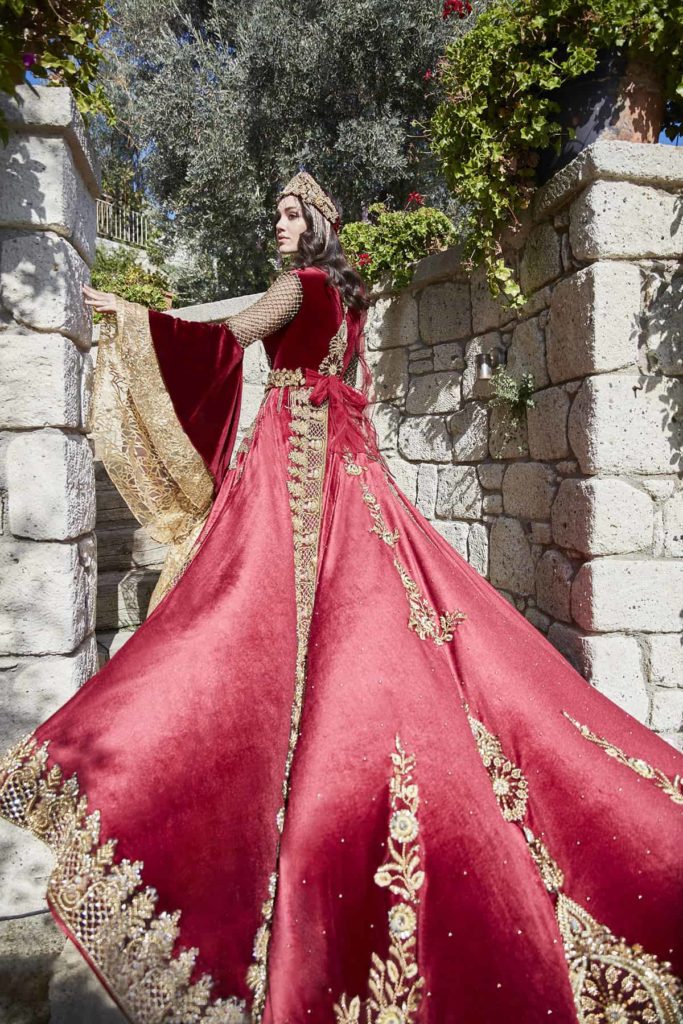
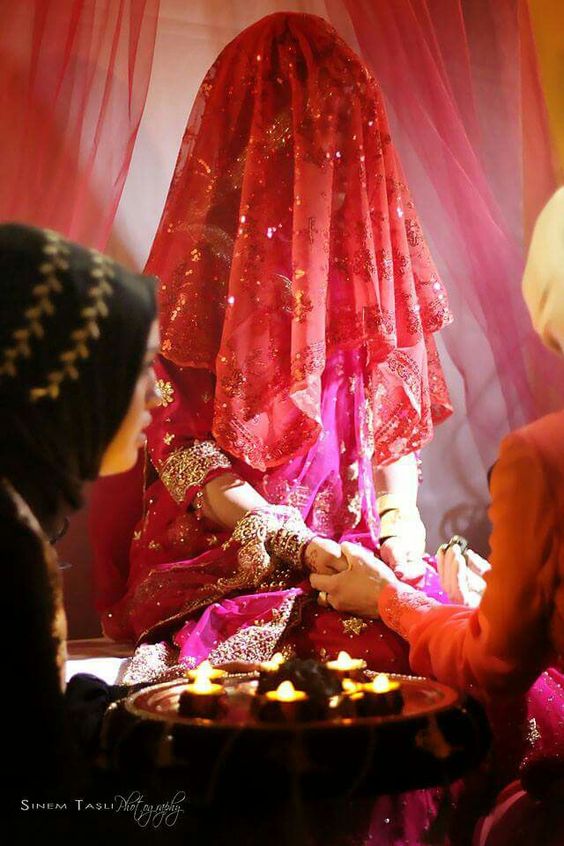
2. Maidenhood Belt
This ceremonial journey from the bride’s house to the groom’s home is open to the public. Guests walk to get the bride if it’s not too far away or drive if it’s too far away. Drums and pipes accompany the parade. The groom is not permitted to follow the wedding procession in some areas. She joins the procession as it makes its way to the groom’s residence.
A “Maidenhood Belt”, usually a red sash, is placed around the bride’s waist by her brother or a close relative before she leaves her house, and the bride then bids her goodbyes to those who remain at home. A male family member may occasionally block the entryway to lighten things up.
The bride or a younger brother sits on the wooden box containing the bride’s dowry to prevent the bride from leaving. This final obstacle is overcome thanks to a tip from the groom’s family, and the bride departs from her parents’ house.
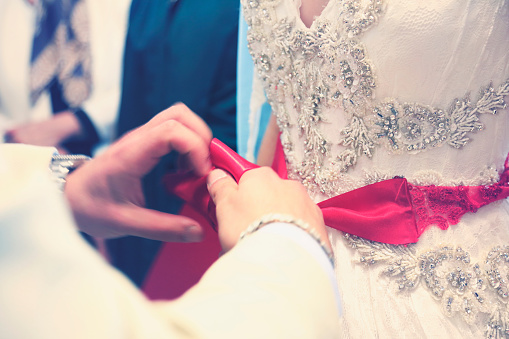
3. Coffee with salt
When the groom’s parents formally visit the bride’s family to ask for her hand. The bride offers Turkish coffee with sugar to everyone except the groom.
The bride adds salt to the groom’s coffee, forcing him to suffer the taste and drink it all (without any facial expressions) as a gesture of his love and gratitude for his spouse. After a coffee with salt, which symbolises the groom’s readiness to put up with everything his future bride throws at him, the groom presents the bride with a simple gift, such as flowers and a simple ring for the engagement.
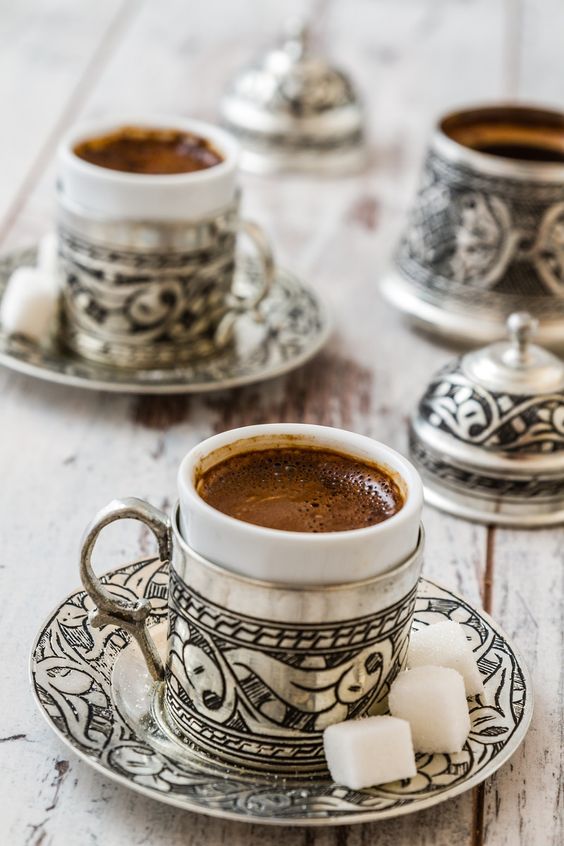
4. Declaring dominance
The legal wedding ceremony is usually held at the register office; however, if requested, the registrar can also attend the wedding venue or location.
The bride and groom queue up in the registry office after the ceremony to collect congratulations and presents, generally in the form of money and gold. They try to step on one other’s feet after the wedding and argue that whoever is faster will have the last word in the marriage.
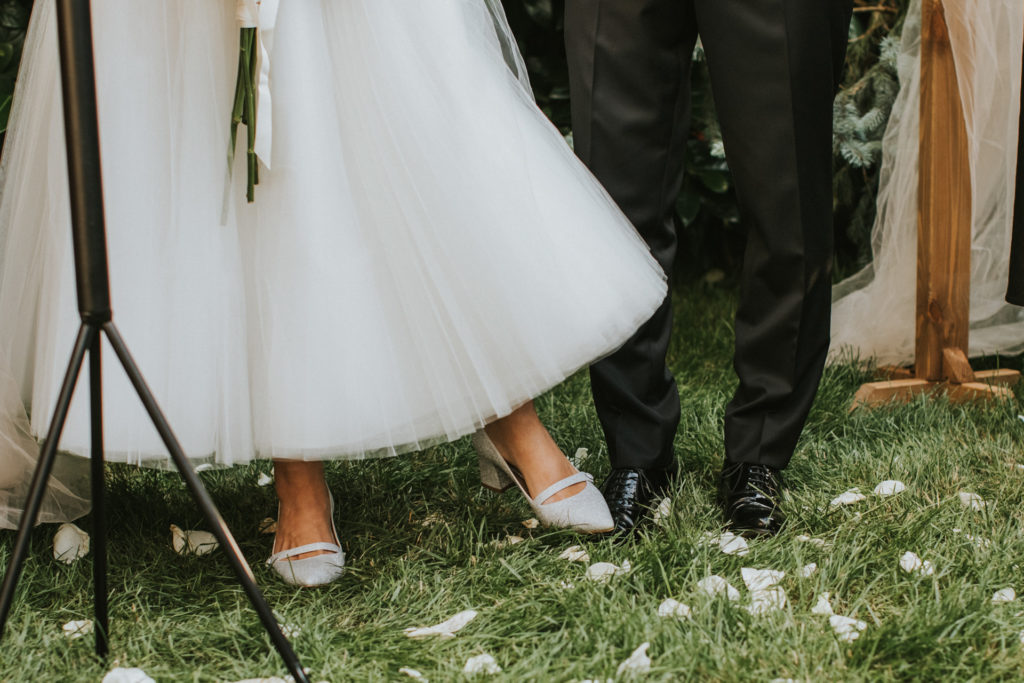
5. Wedding shoe signing
The bride writes the names of her single friends on the sole of her shoe before the wedding ceremony. Alternatively, the bride’s single relatives and friends can sign the shoe. After a night of dancing, whoever’s name is the first to be rubbed out is destined to be the next to marry.

FAQs about Turkish weddings
What to wear to a Turkish wedding?
Weddings in Turkey are an excuse for everyone (particularly ladies) to dress up. You should go for something bright, formal, and stylish. There will be a lot of high heels, floor-length gowns, and plenty of make-up and jewellery. However, make sure your shoes are comfortable because the ceremony is often cocktail style (which requires a lot of standing) and ends with a lot of dancing afterwards.
Who pays for a Turkish wedding?
Traditionally, the groom’s family pays for the wedding.
What is the meaning of the red ribbon?
The red ribbon symbolises the bride’s virginity. The absence of a maidenhood belt used to cause neighbourhood talk, but nowadays, the bride gets to decide whether or not she wants to wear it.
What does the Turkish wedding dance mean?
Different regions favour a particular folk dance over others. The most popular traditional dance for weddings is Halay. This is a dance signifies unity and cooperation.
Wedded Wonderland is delighted to introduce the Get Wedded in Fiji 2023 digital magazine, showcasing the unparalleled beauty and allure of destination weddings in Fiji. This annual magazine is accessible to everyone at no cost, and it’s designed to inspire couples to bring their dream wedding to life in this tropical paradise.
Read the magazine below!

